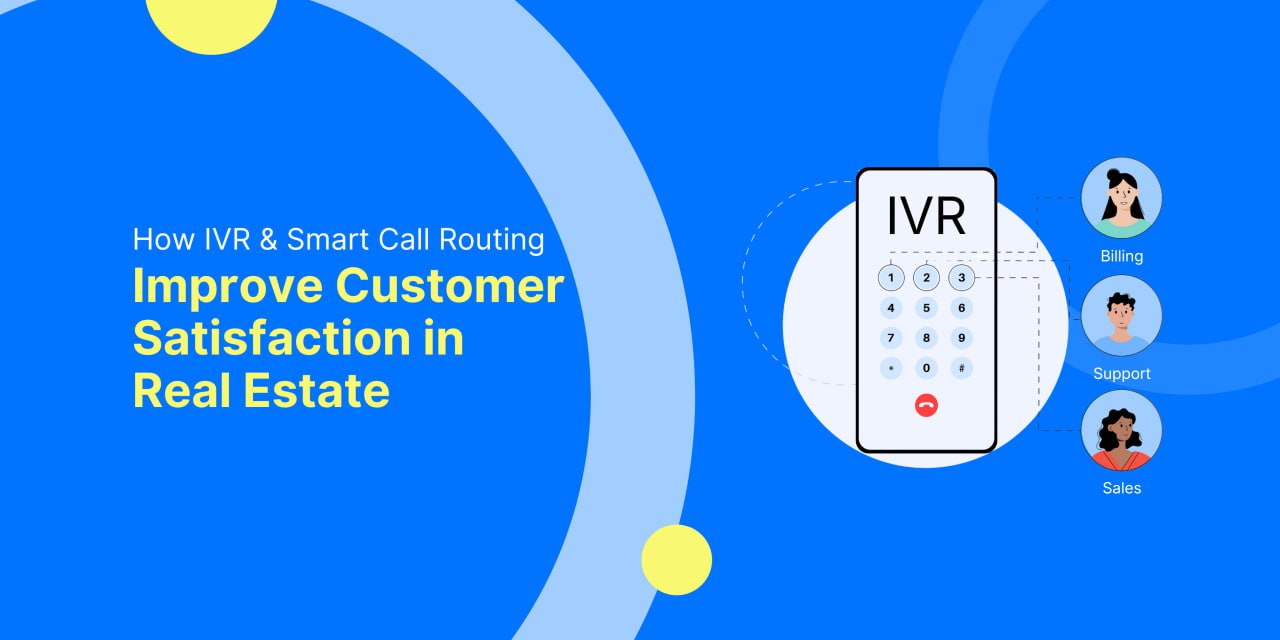






Table of Content:
The Evolution of Auto Dialers: From Analog to Digital Solutions
.jpg)
In the realm of telemarketing, customer service, and outreach campaigns, auto dialers have played a pivotal role in streamlining communication processes. These tools, designed to automatically dial telephone numbers from a predefined list, have undergone a significant evolution from their humble analog beginnings to the sophisticated digital solutions of today. In this exploration, we'll delve into the journey of auto dialers, tracing their evolution from analog mechanisms to cutting-edge digital technologies.
The Analog Era: Birth of Auto Dialers
The concept of auto dialers for real estate agent dates back to the mid-20th century when businesses sought efficient ways to manage outbound calls. In the analog era, auto dialers were rudimentary devices that relied on electromechanical systems to dial numbers sequentially from a list. These early iterations were often limited in functionality and prone to errors, but they represented a significant advancement in automating repetitive tasks.
Analog auto dialers operated by storing telephone numbers on physical media, such as punched cards or magnetic tape. When activated, they would cycle through the list, dialing each number one by one. While they helped reduce the manual effort required for dialing, their reliability was often questionable, with frequent issues such as misdials and inefficiencies.
The Transition to Digital: Advancements in Technology
The transition from analog to digital technology revolutionized the landscape of auto dialers. Digital systems offered greater flexibility, reliability, and functionality, paving the way for more sophisticated communication solutions. One of the key advancements was the integration of computer systems with telephony, enabling software-based auto dialers to emerge.
Digital auto dialers replaced the mechanical components of their analog predecessors with software algorithms running on computers. This allowed for more precise control over call pacing, improved accuracy in dialing, and enhanced features such as call routing and personalized messaging. Additionally, digital auto dialers could leverage data analytics to optimize call campaigns and track performance metrics in real-time.
Types of Digital Auto Dialers
As digital technology continued to evolve, different types of auto dialers emerged to cater to diverse business needs and regulatory requirements:
- Preview Dialers: These dialers give agents the opportunity to preview information about the contact before the call is placed, allowing for better preparation and personalized interaction.
- Predictive Dialers: Predictive dialers use algorithms to predict agent availability and call timing, maximizing efficiency by minimizing idle time between calls. They dynamically adjust the call rate based on factors such as call abandonment rates and average call duration.
- Power Dialers: Power dialers automatically dial a pre-defined list of numbers and connect agents to live calls, eliminating the need for manual dialing. They offer a balance between efficiency and control, allowing agents to focus on conversation without being overwhelmed by too many simultaneous calls.
- Voice Broadcasting Systems: These systems deliver pre-recorded messages to a large number of recipients simultaneously, making them ideal for mass notifications, marketing campaigns, and appointment reminders.
Regulatory Compliance and Ethical Considerations
The evolution of auto dialers has been accompanied by regulatory challenges and ethical considerations, particularly concerning consumer privacy and protection against unsolicited calls. In response to concerns about spam, robocalls, and privacy violations, governments have enacted regulations such as the Telephone Consumer Protection Act (TCPA) in the United States and the General Data Protection Regulation (GDPR) in the European Union.
Modern auto dialer solutions incorporate compliance features such as call recording, caller ID management, and opt-out mechanisms to ensure adherence to regulatory requirements and ethical standards. Furthermore, advancements in artificial intelligence (AI) and natural language processing (NLP) enable auto dialers to analyze call content in real-time, ensuring compliance with script guidelines and regulatory mandates.
Future Trends and Innovations
Looking ahead, the evolution of auto dialers is likely to continue with advancements in AI, machine learning, and automation technologies. Predictive analytics will play an increasingly important role in optimizing call campaigns, personalizing customer interactions, and improving overall efficiency. Additionally, integration with omnichannel communication platforms, including email, SMS, and social media, will enable seamless multi-channel outreach strategies.
Furthermore, the rise of cloud-based solutions and Software as a Service (SaaS) models will democratize access to auto dialer technology, making it more affordable and scalable for businesses of all sizes. The convergence of auto dialers with other technologies such as CRM systems, chatbots, and virtual assistants will create synergies that enhance productivity and customer engagement.
Advancements in Artificial Intelligence and Machine Learning
Artificial intelligence (AI) and machine learning (ML) are driving significant advancements in auto dialer technology. These technologies enable auto dialers to analyze vast amounts of data, including caller demographics, historical call records, and customer interactions, to optimize call campaigns and improve targeting accuracy.
AI-powered auto dialers for small businesses can predict customer preferences, sentiment, and behavior, allowing for more personalized and context-aware interactions. Natural language processing (NLP) algorithms enable auto dialers to understand and respond to customer inquiries, reducing the need for human intervention and enhancing the efficiency of call center operations.
Conclusion
The evolution of auto dialers from analog to digital solutions represents a journey marked by innovation, efficiency, and adaptability. From their humble beginnings as electromechanical devices to the sophisticated software-driven systems of today, auto dialers have transformed the way businesses engage with customers and manage communication workflows. As technology continues to evolve, the future of auto dialers from Brightcall AI Inc promises even greater advancements in efficiency, compliance, and customer experience, shaping the landscape of communication in the digital age.



.png)














